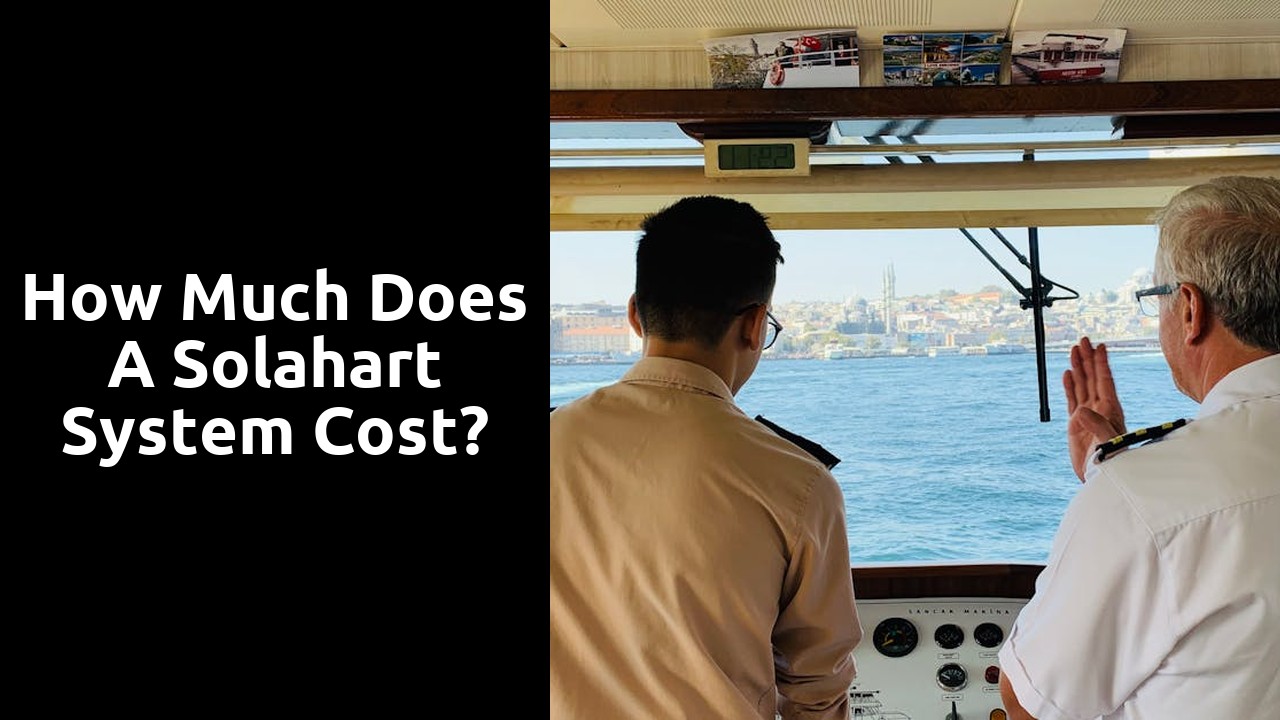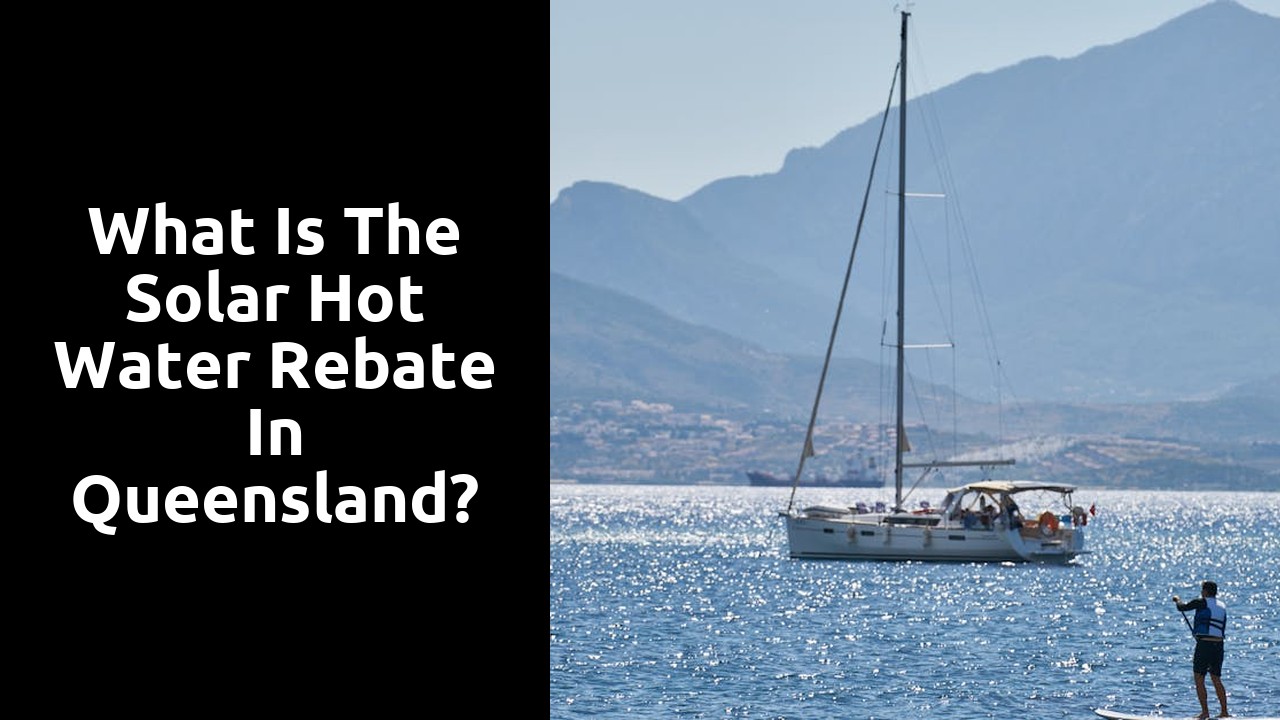
Calculating the longterm cost savings of a Solahart system
When considering the investment in a Solahart system, it is crucial to analyze the long-term cost savings that this environmentally friendly option can provide. By understanding the financial implications over an extended period, individuals can make informed decisions about whether this system aligns with their budget and sustainability goals. Solar Hot Water System Education and Training programs can further enhance consumers' knowledge about the potential savings associated with Solahart systems, ensuring they maximize their investment in the long run.
By taking into account factors such as energy bill reductions and payback period, individuals can assess the overall financial viability of installing a Solahart system. The initial cost of purchasing and installing the system can be offset by the significant savings on energy bills over time. Through Solar Hot Water System Education and Training initiatives, individuals can gain insights into the long-term benefits of investing in a Solahart system and how it can contribute to a more sustainable and cost-effective energy usage.
Energy bill reductions and payback period
Energy bill reductions are a significant benefit of investing in a Solahart system. By harnessing the power of the sun to heat water for your household needs, you can experience considerable savings on your electricity bills over time. This reduction in energy costs helps to offset the initial investment required to purchase and install the solar hot water system. Understanding the payback period is crucial for homeowners looking to gauge the long-term financial benefits of switching to a Solahart system.
Solar Hot Water System Education and Training is essential to help consumers grasp the financial implications of investing in renewable energy solutions like a Solahart system. By calculating potential energy bill reductions and analyzing the payback period, homeowners can make informed decisions about whether a solar hot water system is a cost-effective choice for their household. It is vital to consider these factors when evaluating the overall affordability and sustainability of integrating a Solahart system into your home.
Factors that may affect the overall costeffectiveness of a Solahart system
Factors that may influence the cost-effectiveness of a Solahart system extend beyond the initial purchase price. The geographical location where the system will be installed plays a crucial role in determining its efficiency. Areas with ample sunlight exposure will yield higher energy generation, thus increasing the system's effectiveness in reducing utility bills. Conversely, regions with frequent cloud cover or shading from surrounding structures may limit the system's output, impacting its cost-effectiveness. Understanding the unique weather conditions of the installation site is vital for optimizing the performance of the Solahart system. Solar Hot Water System Education and Training can provide valuable insights into selecting the most suitable system for a specific location to maximize cost savings.
Furthermore, individual energy consumption patterns can significantly impact the cost-effectiveness of a Solahart system. Homes with higher hot water demand due to larger households or specific usage habits may benefit more from installing a solar hot water system. On the other hand, properties with low hot water usage may take longer to recoup the initial investment through energy bill savings. By assessing household hot water needs and consumption patterns, homeowners can make informed decisions about the cost-effectiveness of a Solahart system. Seeking advice from professionals and participating in Solar Hot Water System Education and Training programs can aid in determining the optimal system size and capacity to meet specific requirements and enhance long-term cost savings.
Weather conditions and energy consumption patterns
Weather conditions play a significant role in determining the efficiency of a Solahart system. In regions with ample sunshine and minimal cloud cover, the system is more likely to operate at peak performance, thus maximizing energy savings. Conversely, areas prone to frequent overcast skies may experience reduced efficiency, impacting the overall cost-effectiveness of the system. Therefore, it is crucial for consumers to consider their local climate when evaluating the potential benefits of installing a Solahart system. By understanding how weather patterns can influence system performance, homeowners can make informed decisions about investing in solar hot water technology.
Moreover, energy consumption patterns also play a key role in determining the overall savings that can be achieved with a Solahart system. Homes with high hot water usage are likely to benefit more from installing a solar hot water system compared to those with lower consumption rates. Solar Hot Water System Education and Training can help individuals assess their energy needs accurately and determine whether a Solahart system is a suitable and cost-effective solution for their household. By analysing both weather conditions and energy consumption patterns, consumers can make informed decisions that align with their sustainability goals and budgetary constraints.
Tips for getting the best deal on a Solahart system purchase
When looking to purchase a Solahart system, it is essential to conduct thorough research beforehand. Start by educating yourself on the different types of systems available, their features, and the potential rebates or incentives offered by the government or energy companies. Solar Hot Water System Education and Training can provide invaluable knowledge to help you make an informed decision.
Furthermore, reaching out to multiple suppliers for quotes and actively engaging in negotiations can help you secure the best deal possible. By comparing quotes and being open to discussing various options with suppliers, you increase your chances of finding a cost-effective solution that meets your specific needs. Remember, investing time in exploring your options and advocating for yourself during the purchasing process can lead to significant savings in the long run.
Negotiating with suppliers and comparing quotes
When considering purchasing a Solahart system, negotiating with suppliers and comparing quotes is essential to ensure you get the best deal possible. Be sure to do your research beforehand so that you are informed about the typical prices of these systems in the current market. Engaging with multiple suppliers and requesting detailed quotes will give you a better understanding of the options available to you. Remember that some suppliers may be open to price-matching or offering discounts, especially if you are willing to commit to a purchase promptly.
In addition to comparing prices, it's important to assess the quality of service offered by different suppliers. Look for reputable suppliers who provide excellent customer service and are willing to address any concerns or queries you may have. By taking the time to negotiate with suppliers and carefully compare quotes, you can maximise the value you receive from your Solahart system purchase. Remember, investing in Solar Hot Water System Education and Training can also provide valuable insights into the technology and help you make informed decisions about your system.
FAQS
What is the average cost of a Solahart system in Australia?
The cost of a Solahart system in Australia can vary depending on factors such as the size of the system, location, installation fees, and any additional features or accessories. On average, you can expect to pay between $3,000 to $10,000 for a Solahart solar hot water system.
Are there any government rebates or incentives available to help reduce the cost of a Solahart system?
Yes, there are various government rebates and incentives available in Australia to help offset the cost of installing a solar hot water system like Solahart. These rebates can include Small-scale Technology Certificates (STCs) and state-based rebates that can significantly reduce the upfront cost of your system.
How can I calculate the long-term cost savings of investing in a Solahart system?
To calculate the long-term cost savings of a Solahart system, you can consider factors such as your current energy usage, the efficiency of the system, the cost of electricity, and any potential rebates or incentives. By comparing your current energy bills to the projected savings with a Solahart system, you can estimate the payback period and overall cost-effectiveness of the investment.
What factors may affect the overall cost-effectiveness of a Solahart system?
Several factors can influence the cost-effectiveness of a Solahart system, including weather conditions, energy consumption patterns, system size, installation quality, maintenance costs, and any changes in electricity prices. It's essential to consider these factors when evaluating the long-term benefits of investing in a solar hot water system.
How can I ensure I'm getting the best deal on purchasing a Solahart system?
To get the best deal on a Solahart system purchase, you can follow tips such as comparing quotes from multiple suppliers, negotiating prices and installation costs, researching available rebates and incentives, asking for references or customer reviews, and ensuring the system meets your specific energy needs and requirements. By taking these steps, you can maximize your savings and investment in a Solahart solar hot water system.
